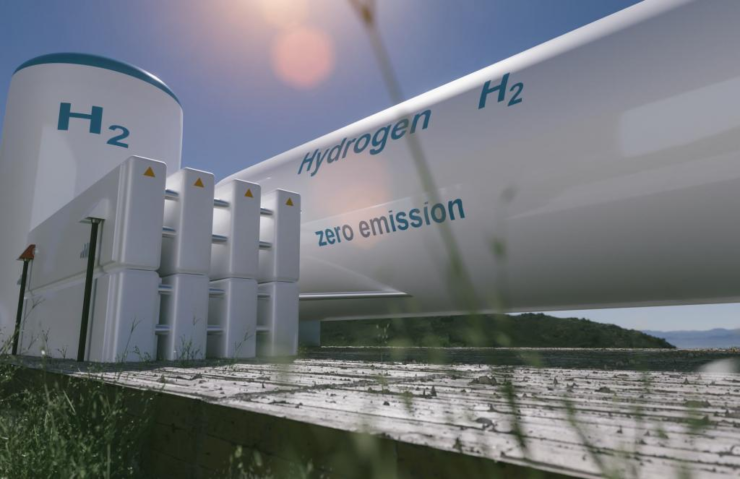
Those working in fuel cell technology and invested in the energy and manufacturing sectors know hydrogen production is a top priority for clean power. Hydrolysis is expensive, forcing experts to seek alternative options. Methane pyrolysis reimagines energy- and resource-intensive hydrogen creation methods by taking a fossil fuel byproduct and turning it green.
How Methane Pyrolysis Increases Hydrogen Production
Methane pyrolysis creates hydrogen by separating the hydrogen and carbon. Energy workers get two functional elements for the price of one, making pyrolysis potentially more valuable and commercially justifiable. Professionals are testing to find the best way to do this, and so far, splitting techniques include plasma, molten metal and microwaves.
Despite how hot and intense this process sounds, it requires far less power than splitting water in an electrolyzer. It makes it easier to have pyrolysis achieve zero emissions with renewable energy generation than intensive electrolysis.
Energy professionals could use methane as power if the world continues producing it. Methane is a potent pollutant and one of the most present greenhouse gas emissions. Repurposing it until a shift to 100% clean energy is essential.
What Methane Does Well
Fuel cell manufacturers need less energy-reliant hydrogen to scale with renewable energy. Transitioning to lower-octane processes makes it more affordable to ramp up these efforts, primarily in areas with intermittent reliability. Therefore, methane pyrolysis helps carbon and renewable energy simultaneously, which improves grid modernization and stability as a byproduct.
Additionally, methane pyrolysis creates carbon black in the process. The carbon black market has the potential to be worth $38.1 billion by 2030, with most of the material going toward tires and plastics. Obtaining carbon black with pyrolysis transforms another environmentally damaging process for necessary consumer products into a greener alternative.
Why Methane Pyrolysis Faces Challenges
Electrolysis bias is a prominent obstacle for methane. Government funding and private investors have committed to electrolysis. While this is necessary, it puts too much stock into one method when diversity is the way to success. Methane needs more advertising to become valuable to fuel cell professionals. With exposure comes necessary regulations, reporting, compliances and standardization.
The most notable source of methane is from fossil fuels. For example, companies could capture methane from natural gas. This form of hydrogen creation is called blue and turquoise hydrogen because the source is a fossil fuel, namely natural gas and coal. Environmental experts argue that despite the end product being green energy, the origin is not — therefore, the entire process is not eco-friendly. However, fossil fuels are necessary for scaling.
When organic matter breaks down, it releases biogas containing methane. Despite the sheer amount of methane natural gas produces, it is the most reasonable alternative. However, setting the infrastructure and resources for methane capture is another hurdle.
Amplifying Hydrogen Production With Methane
Until the world finds a way to make electrolysis scalable and cost-effective, energy experts and fuel cell technology need cheaper hydrogen creation sources. Methane pyrolysis is the ideal supplement. With more funding and buy-in, electrolysis and pyrolysis will feed the planet’s hydrogen stores in tandem.
Research and interest are vital to removing its fossil fuel roots and expensive upfront costs. With innovation and collaboration, hydrogen will become normalized as an accessible form of clean energy.


Jane Marsh, Contributor
Read the most up to date Fuel Cell and Hydrogen Industry news at FuelCellsWorks




